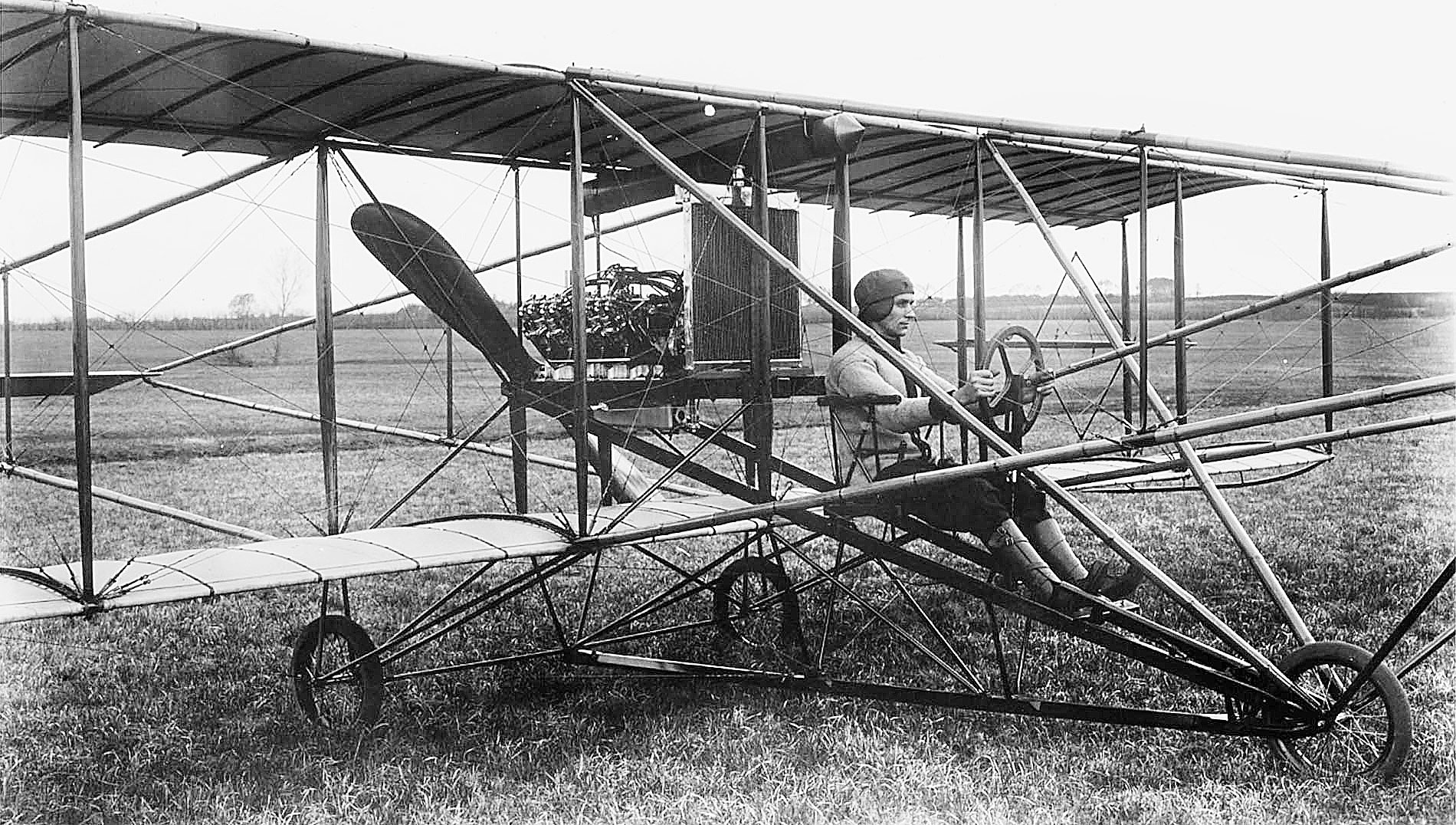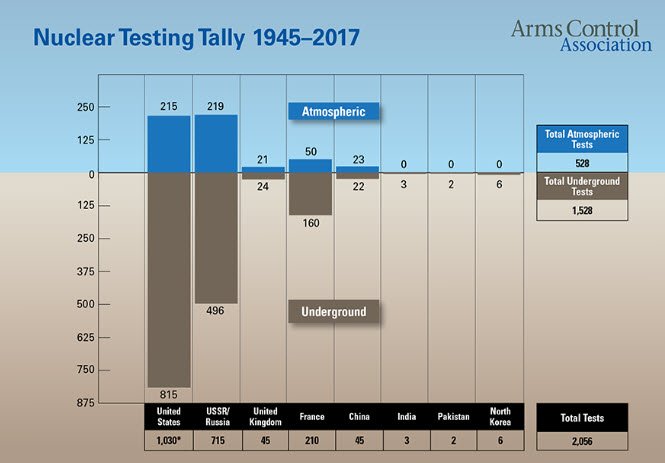Yuri Gagarin: The First Human In Space
3….2….1…“Let’s Go!”
April 12, 1961…5 am…Soviet Pilot Yuri Gagarin is very nervous…today is a special day for him. His sweaty palms are dampening a crumbled piece of paper that reads: “Dear friends, In a few minutes a mighty spaceship will take me into the far-away expanses of the Universe!”
Yuri sits uncomfortably is his cosmonaut suit as the bus makes its way down a bumpy road towards a rocket. While trying to calm his nerves, Yuri suddenly remembers Laika, the soviet dog, famous for being the first animal to go space…unfortunately, she died a slow and painful death due to the failure of her space vehicle.
“Would I suffer the same fate?”….Yuri could no longer contain his nerves. “Stop the bus…I need to pee!”
It was a peculiar sight to see a man in a futuristic space suit taking a pee on the tire of a bus. Even more peculiar, is the fact that this final act on Earth would become a time honored tradition by all other astronauts that would come after him!
Mission Control: "Preliminary stage..... intermediate..... main..... lift off! We wish you a good flight. Everything is all right."
Yuri Gagarin: "Let's go!”
“The Devil Child”
Yuri Gagarin was just 7 years old, when the Nazi army invaded his village. Overnight, the occupiers killed hundreds of people, stole his family’s farm animals, and kicked them out of their home. Yuri watched in horror as his father pleaded for his life and for the safety of his wife and four children. Although the army spared them, the Gagarin’s were forced to live in a mud hut with no windows the size of a small room.
Yuri’s fear eventually turned into pure hatred for the Germans. The young boy wanted to protect his family and would display tremendous courage through acts of sabotage like pouring soil into the German tank batteries…the German soldiers noticed him and would give him the nickname: “The Devil Child”.
His older brother and sister were kidnapped and taken into concentration camps…Yuri would never see them again. He would cry every night and became sick with grief and hunger. Then, at the age of 11, Yuri heard of the news that would change the future of humanity forever: the Americans had dropped the first atomic bomb.
From sticks and stones to the splitting of the atom
War and conflict have always been a part of the 300,000 year history of homo sapiens. The theaters of war, or how a war is fought, has a direct link on the technology and weapons that are build. For 99.999% of our human history, the theater of war has been fought on the ground. From this style of war, we have learned to use stones as weapons, control fire, create bows and arrows, forged steel into swords, and fired metal projectiles using gun powder.
A revolution occurred when humans developed the technology required to travel across the oceans. When the sea became the theater of war, humans inadvertently created biochemical weapons which wiped out a whole number of native civilizations. The scale of death due to illness had never been seen (or matched) before.
We revolutionized the theater of war once again in 1903, when a couple of brothers from North Carolina, famous for producing bikes, offered an early prototype of a plane to the US government. In 1913, the US government owned 14 military airplanes…but by the middle of WW1 there were more than 14,000. Fighting in the sky had an unprecedented effect in war technology and for the first time human history, we had developed atomic weapons which had the potential to destroy all of humanity.
The Fourth Revolution of War…Space
The atomic bomb, arguably ended a world war, but the Soviet Union (along with the rest of the world) now entered a period of existential crisis that fed an urgent need to match the new destructive power of the US. Not wanting to be outpaced and outgunned, the US set a national priority to prioritize its space program, which triggered a space race.
Yuri Gagarin had first hand experience on the perverse cruelty of mankind at the hands of the Nazi army. Like the Soviet Union, he did not trust the Americans to use those weapons responsibly and at age 16 he joined the Soviet army as a pilot.
The space programs of the US and the Soviet Union, became the catalyst to develop more atomic capabilities. From 1945 to 1992 (the collapse of the Soviet Union) the US and the Soviet Union had detonated and tested 1,745 atomic weapons! Currently, 8 countries have achieved nuclear weapons capabilities and the tally for detonated bombs is now at 2,056 bombs.
The threat of mutual destruction developed a delicate stalemate, which brought with it the most balanced and peaceful times in the history of humanity. The stakes are simply too high and nuclear weapons are not used and war between these countries has not occurred.
Before the launch: A message to the people of the Soviet Union
April 12, 1961…Soviet Pilot Yuri Gagarin unfolds a damp sheet of paper and with a shaky voice addresses his country:
“…the first to show man the way into space... Can you think of a task more difficult than the one assigned to me?… if I am venturing on this flight, it is because I am a Communist, because I draw strength from unexampled exploits performed by my compatriots, Soviet men and women…I will do all I can to carry out the assignment of the Communist Party and the Soviet people.” - Yuri Gagarin
After the launch: A message to the people of Earth
”When I orbited the Earth in a spaceship, I saw for the first time how beautiful our planet is. I could easily see the shores of continents, islands, great rivers, folds of the terrain, large bodies of water. I enjoyed the rich color spectrum of the Earth. It is surrounded by a light blue aureole that gradually darkens, becoming turquoise, dark blue, violet, and finally coal black….the feelings which filled me I can only express with one word: Joy…People of Earth, let us preserve and increase this beauty, not destroy it!…You realize the Earth is far too small for conflict and just big enough for co-operation.” - Yuri Gagarin
A spaceship called Earth
Yuri Gagarin was the first human in our +300,000 years of history to leave our planet. He left Earth as a Soviet soldier, motivated by the advancement of technology and expansion of a new theater of war as means of escaping a fear instilled in him as a child through the horrors of war. Space however, had a profound emotional impact on Yuri. He experienced forgiveness, compassion, and an urgency to protect our planet. He became a concerned global citizen seeking a long lasting peace that can help sustain the beauty and life of Earth.
This is not an isolated feeling, in fact, its such a common experience felt by astronauts of all backgrounds that we now call this cognitive shift in awareness: the overview effect. It is the experience of seeing first-hand the vulnerable reality of the Earth in space, which is immediately understood to be a tiny, fragile ball of life, "hanging in the void", shielded and nourished by a paper-thin atmosphere. Astronauts continue to inspire humans to transcend our fears and seek to re-prioritize the beauty of this planet as something worth protecting. Space is important to life on Earth…the Apollo missions were credited with inspiring the environmental movement, Earth Day which was first celebrated on April 1970.
How do we scale this awareness? At Space United, we believe the answer is found through space and soccer! Stay tuned for the next blog ;)
As always, if you are a student and would like to join the space exploration industry, send us a note at Space United. We would love to help you, because our industry AND planet needs YOU!
Enjoy the content? Have suggestions? Do you have a question about space? Send me an email at:
Subscribe to get alerts for the next blog post…
About the author:
Sebastian Tobacia
Manufacturing engineer with nearly a decade of experience in the space exploration industry. He has led engineering projects at SpaceX, Northrop Grumman, and currently works a manufacturing engineer for the New Shepard rocket at Blue Origin.
Sebastian is passionate about giving back to his community and working towards creating more equitable and inclusive STEM industry.













